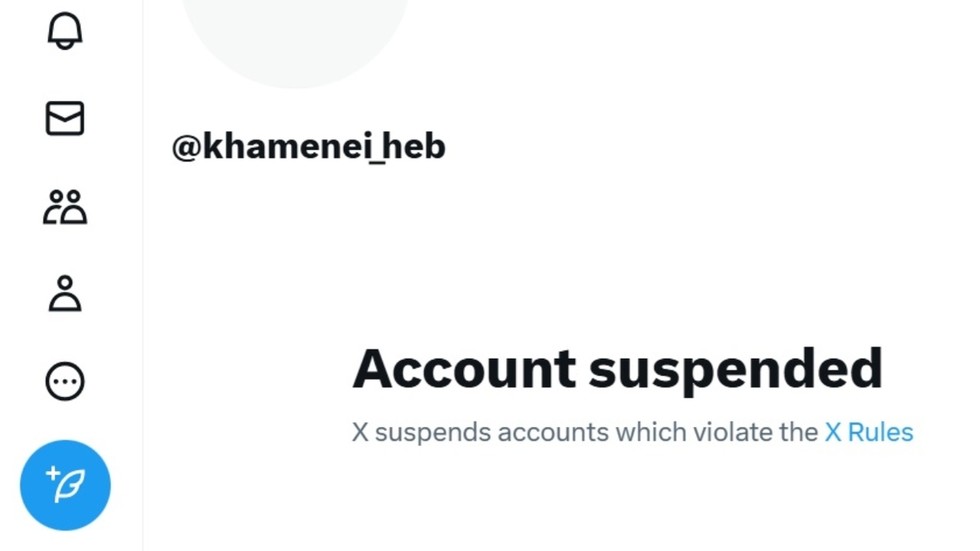Saregama shares have journeyed through the stock market much like a musical odyssey, lying dormant amid the relentless advent of new technologies such as CDs, DVDs, MP3 pen drives, and digital formats, only to find resurgence with its Carvaan product. Launched in 2017, the retro-designed portable digital music player tapped into the nostalgia of boomers and Gen X, celebrating icons from Rafi and Lata to Kumar Sanu and Sonu Nigam.
Over 20 years, the stock multiplied 100 times, and for those considering shorter spans reflective of the “Robinhood” world – it has delivered more than 5 times returns in just five years as of 2023. What Pulsar did for Bajaj Auto, Saregama did for its namesake company – breathing life into India’s oldest music label that has come to be known for its innovation and marketing. The company has grown its revenue from operations at 22% CAGR (compound annual growth rate) between fiscal year 2016-17 (FY17) and FY23, while profit before tax has risen 58% during the same period.
The Carvaan brand itself has metamorphosed into a full-stack pre-loaded device catering to different price segments and genres like regional, devotional, Hindustani classical, Carnatic, even offering a model designed to play calming tracks to aid sleep. While doing this, the company has also spread its revenue model to capture advertising, transaction, and subscription revenue.
Transforming into a formidable content powerhouse, Saregama boasts IP rights to over 150,000 songs, 70+ movies, and 6,000+ hours of TV series. A recent note by HDFC Securities said that the industry’s shift towards the highly under-penetrated subscription model, particularly in the OTT-Audio segment, is what will provide additional levers for improved realization of Saregama’s content. Earlier this month, in a conference call with analysts, the company’s management revealed that it was “going very heavy on converting all our older songs into Dolby Atmos or spatial audio”. Over 2,500 songs have already been converted, it told analysts.
Saregama has also transcended its catalogue company roots, with 48% of its licensing revenue now coming from 21st-century tracks. Saregama issues fixed fee licences to programme producers for use of its music, which they in turn license to streaming platforms. It also issues fixed-fee licences, of one to two years, to TV channels. This ability to monetize its vast music IP and targeted investment in new music using data analytics has, according to the brokerage, driven robust licensing growth for the company. Rising popularity of regional music has contributed to licensing revenue.
The company is confident of doubling its music licensing revenue in three to three-and-a-half years. It aims to grow its films and video vertical at a 25% CAGR over 3-4 years, targeting a sustainable Ebit (earnings before interest and tax) margin of around 15% for the segment. Excluding Carvaan, the company is looking at a 25-26% CAGR in topline growth over the next three to five years.
HDFC Securities sees a big boost to profits as and when the company moves to a subscription model. Currently, Saregama earns around 10 paisa per stream on an average across the free platforms, with a minimum guarantee feature. According to the brokerage, “This realization can significantly increase as streaming platforms distribute ~50% of the subscription revenue across record labels, proportionate to number of streams (less the minimum guarantee).”
The broking house has set a base case fair value for Saregama’s stock at ₹447, with a bull case target of ₹477 in two to three quarters, marking more than 13% upside from the 27 February closing price of ₹420.20.















